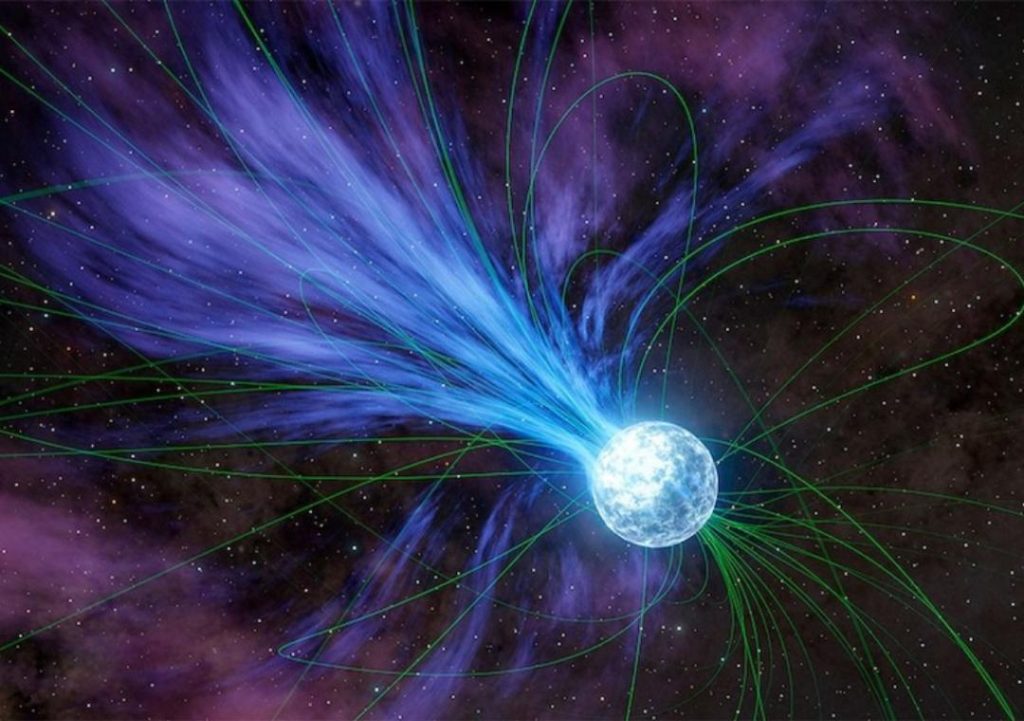
Gold & Platinum Created through Neutron Stars’ Explosions: Study
The origin of precious metals like gold and platinum has long been a topic of fascination for scientists and enthusiasts alike. Where did these valuable elements come from, and how did they end up on our planet? After years of research and study, scientists have finally uncovered the answer, and it’s not what you might expect. A recent study led by Columbia University student Anirudh Patel has revealed that magnetars, or highly magnetized neutron stars, played a crucial role in creating these precious metals through their explosive events.
According to the study, magnetars are responsible for forging the elements we know and love, including gold and platinum. These incredible stars are capable of releasing massive flares that contain these elements, which then travel through space and eventually make their way to our planet. But how does this process work, and what’s the significance of magnetars in the creation of these precious metals?
The Mystery of Gold & Platinum
For centuries, humans have been fascinated by the origins of gold and platinum. These precious metals have played a significant role in human history, serving as a symbol of wealth, power, and status. But where did they come from, and how did they end up on our planet? Scientists have long been puzzled by the mystery of these metals, and their origins have been the subject of much debate and speculation.
One popular theory suggests that gold and platinum were formed through the collision of two celestial bodies, such as a star and a planet. This theory proposes that the intense heat and energy released during the collision caused the formation of these metals. However, this theory has been met with skepticism, as it’s difficult to explain why these metals are so abundant on our planet.
The Role of Magnetars
Magnetars are a type of neutron star that is characterized by its incredibly strong magnetic field. These stars are formed when a massive star collapses under its own gravity, resulting in a massive explosion. During this explosion, the star’s core is compressed into an incredibly dense ball, creating a neutron star with an incredibly strong magnetic field.
According to Patel’s study, magnetars are responsible for creating gold and platinum through a process known as rapid neutron capture. During this process, neutrons are absorbed by atomic nuclei, causing them to become heavier and heavier. This process is known as nucleosynthesis, and it’s responsible for creating many of the elements found on our planet.
When a magnetar explodes, it releases a massive amount of energy in the form of a flare. This flare contains a vast array of elements, including gold and platinum. These elements are then dispersed throughout the galaxy, eventually making their way to our planet.
The Frequency of Magnetar Explosions
But how often do magnetars explode, and what’s the significance of these events? According to Patel’s study, magnetars explode approximately once per decade in the Milky Way galaxy. However, this frequency is much higher in other galaxies, with magnetars exploding annually across the observable universe.
This high frequency of magnetar explosions is significant, as it suggests that these events are a common occurrence in the universe. This means that the creation of gold and platinum through magnetar explosions is a widespread process, and it’s likely that these elements are abundant throughout the universe.
Conclusion
The study led by Anirudh Patel has revealed the incredible role that magnetars play in the creation of gold and platinum. Through their explosive events, these highly magnetized neutron stars help forge the elements we know and love, including gold and platinum. This process is a significant discovery, as it sheds new light on the origins of these precious metals.
In the future, scientists will continue to study magnetars and their role in the creation of gold and platinum. This research has the potential to shed new light on the origins of these metals, and it could even help us better understand the workings of the universe.






